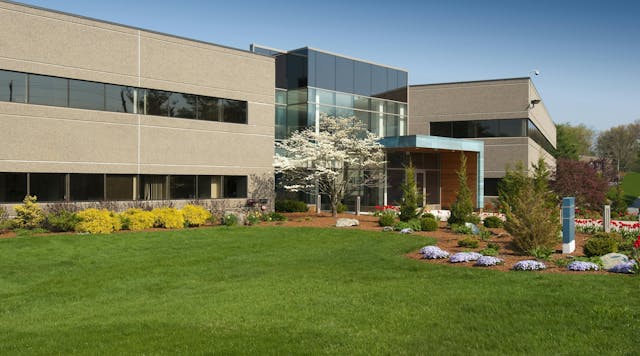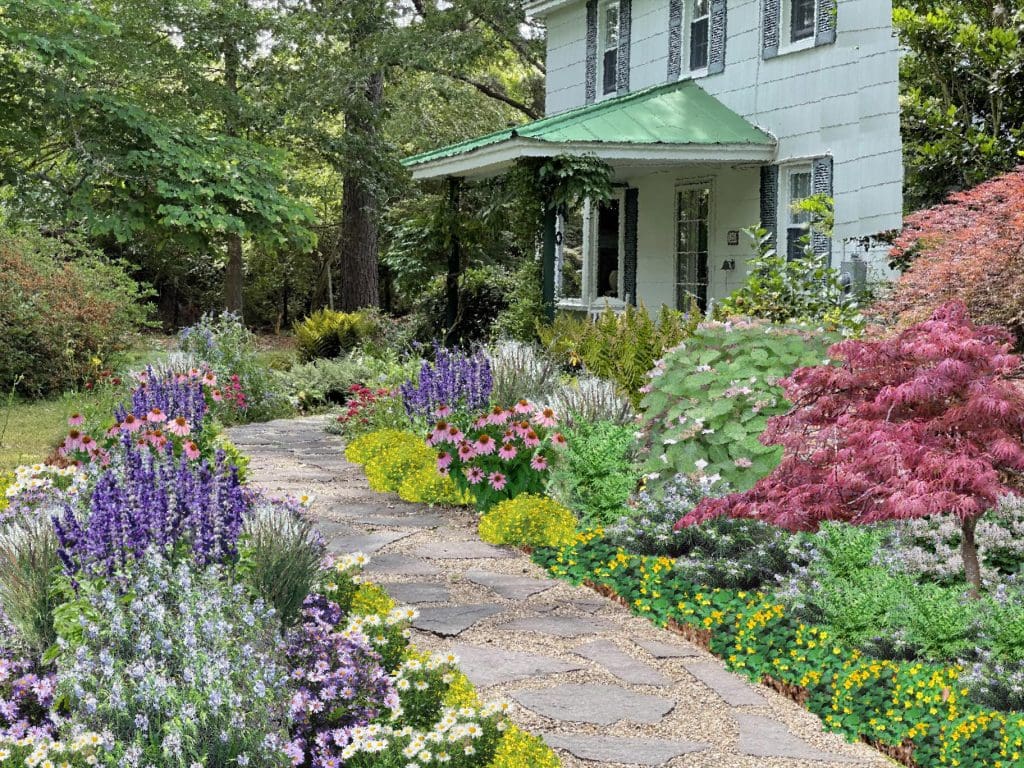9 Easy Facts About Hilton Head Landscapes Explained
Table of ContentsSome Known Factual Statements About Hilton Head Landscapes All About Hilton Head LandscapesNot known Incorrect Statements About Hilton Head Landscapes The 6-Minute Rule for Hilton Head LandscapesThe Buzz on Hilton Head LandscapesTop Guidelines Of Hilton Head Landscapes5 Easy Facts About Hilton Head Landscapes DescribedHilton Head Landscapes Fundamentals Explained
Kind compatibility is additionally a significant element of unity in designone or 2 noticeably various types are great for comparison and emphasis, but typically all other kinds need to have some resemblances for an unified appearance. Structure refers to how crude or great the surface area of the plant or hardscape material feels and/or looks.
Examples of plants with crude structure include philodendrons, agaves, bromeliads, hollies, palms, and hydrangeas. Hardscape with crude structure includes rough-cut stone, rough-finished brick, and incomplete wood with knots and an increased grain. Aged or old building and construction product that preserves a weather-beaten surface area is commonly rugged in appearance. Qualities that develop fine texture consist of small vegetation; thin, strappy leaves (lawns) or tall, slim stems; small, thick branches and tiny branches; long stems (vines); and tiny, delicate flowers.
Hilton Head Landscapes for Beginners
The majority of plants are medium texture, in that they can not be described as having either coarse or great appearance. Medium-textured plants act as a history to web link and merge the rugged- and fine-textured plants.

To make a space really feel smaller, place the coarse structures along the outer boundary and the fine structures closest to the customer. The information of the rugged appearance makes the plants show up closer and makes the space feel smaller. The regarded texture of plants can also transform with the range from the plant.
The Buzz on Hilton Head Landscapes
Bold shades boost the comparison and make the appearance appear coarser, while muted shades can squash texture. Hardscape with a crude texturesuch as extremely harsh rocks and strong, large timberstends to make all plant product appear much more moderate textured. Designers commonly develop an appearance research (Figure 8) theoretically to assist decide the arrangement of plant products.
Shade in plant material and hardscape includes passion and variety to the landscape. Shade is the most obvious component in the landscape and is normally the emphasis of the majority of house owners; nonetheless, it is likewise the most short-term component, usually lasting just a few weeks a year for private plants.
5 Simple Techniques For Hilton Head Landscapes
A simple description of the color wheel includes the three primary shades of red, blue, and yellow; the 3 second shades (a mix of two primaries) of eco-friendly, orange, and violet; and six tertiary colors (a mix of one nearby primary and secondary color), such as red-orange. Shade concept clarifies the partnership of shades to each other and how they ought to be made use of in a make-up.

Analogous (often called harmonious) color design are any type of 3 to five colors that are adjacent on the color wheel, such as red, red-orange, orange, yellow-orange, and yellow, or blue, blue-violet, and violet (landscape design hilton head). The shades belong to each various other since they normally consist of 2 key shades blended to develop a secondary and two tertiary colors, which means they share typical residential or commercial properties
They have a tendency to have high contrast between them. One of the most typical sets are violet and yellow, red and green, and blue and orange. Complementary colors are often located normally in blossoms; a typical set is yellow and violet. Color is located in the flowers, foliage, bark, and fruit of plants.
Examine This Report about Hilton Head Landscapes
Environment-friendly vegetation in all its numerous tones is the leading shade by quantity, however other colors record attention quicker as a result of their high contrast to the color green. Shade is likewise discovered in buildings, rocks, pavers, wood, and furniture. Many colors in all-natural products, such as stone and timber, are usually soft and often tend to be variants of brown, tan, and light yellow.
Shade is an essential aspect for producing interest and range in the landscape. Shades have residential or commercial properties that can influence emotions, spatial perception, light high quality, balance, and emphasis. One residential property of shade is described relative to temperaturecolors show up to be trendy or cozy and can affect feelings or feelings. Cool shades have a tendency to be relaxing and must be utilized in locations for leisure and serenity.
Hilton Head Landscapes Fundamentals Explained
The "temperature" of shades can also impact the understanding of range. Great shades often tend to decline and are viewed as being farther away, making a room really feel bigger. Cozy shades often tend to breakthrough and are regarded as being more detailed, making an area feel smaller sized. Color can additionally be made use of to catch attention and straight sights.
For example, intense yellow, which has the greatest strength, likewise has a high comparison with all other shades (usually called a "pop" of color) and ought to be made use of sparingly. A small quantity of intense color has as much visual weight as a large amount of a much more restrained or weak shade.
Comparable (often called harmonious) color pattern are any 3 to five colors that are nearby on the shade wheel, such as red, red-orange, orange, yellow-orange, and yellow, or blue, blue-violet, and violet. The shades belong to each other because they commonly consist of two key colors blended to form an additional and 2 tertiary colors, which indicates they share common properties.
Getting The Hilton Head Landscapes To Work
Corresponding shades are usually located naturally in blossoms; a common pair is yellow and violet. Color is found in the flowers, vegetation, bark, and fruit of plants.
Environment-friendly foliage in all its different shades is the dominant color by quantity, yet more information other colors catch interest more conveniently due to their high comparison to the shade eco-friendly - landscaping hilton head sc - https://hilton-head-landscapes.webflow.io. Shade is likewise found in structures, rocks, pavers, timber, and furniture. The majority of shades in all-natural products, such as rock and wood, are normally soft and often tend to be variants of brownish, tan, and pale yellow
All about Hilton Head Landscapes
Shade is an essential component for producing interest and selection in the landscape. Colors have homes that can influence feelings, spatial perception, light quality, balance, and focus. One residential property of color is described loved one to temperaturecolors seem amazing or warm and can influence emotions or sensations. Amazing colors have a tendency to be relaxing and ought to be used in areas for relaxation and tranquility.
The "temperature" of shades can also affect the perception of distance. Amazing colors tend to decline and are regarded as being farther away, making a space really feel larger. Cozy colors have a tendency to breakthrough and are regarded as being closer, making a room really feel smaller sized. Color can additionally be utilized to record attention and straight views.
Bright yellow, which has the greatest strength, also has a high comparison with all other colors (often described as a "pop" of shade) and need to be utilized sparingly. A small amount of intense shade has as much visual weight as a huge amount of a more restrained or weaker shade.